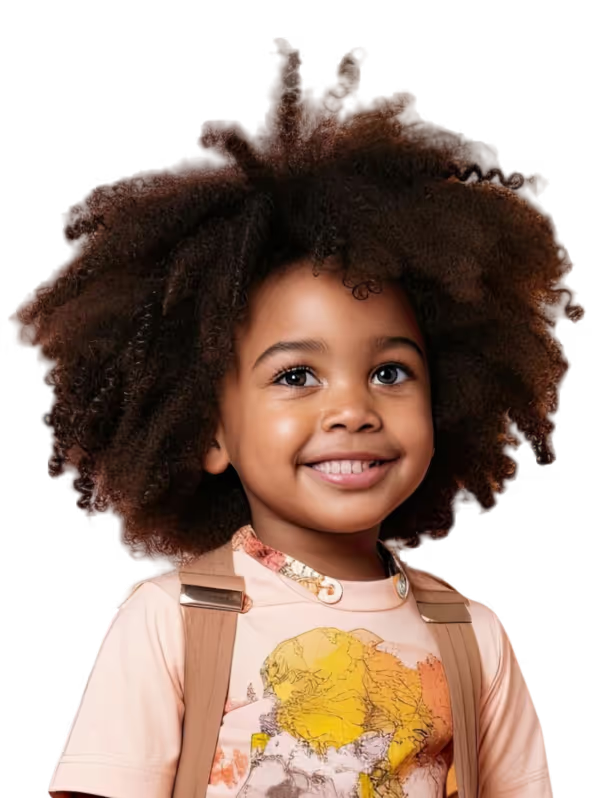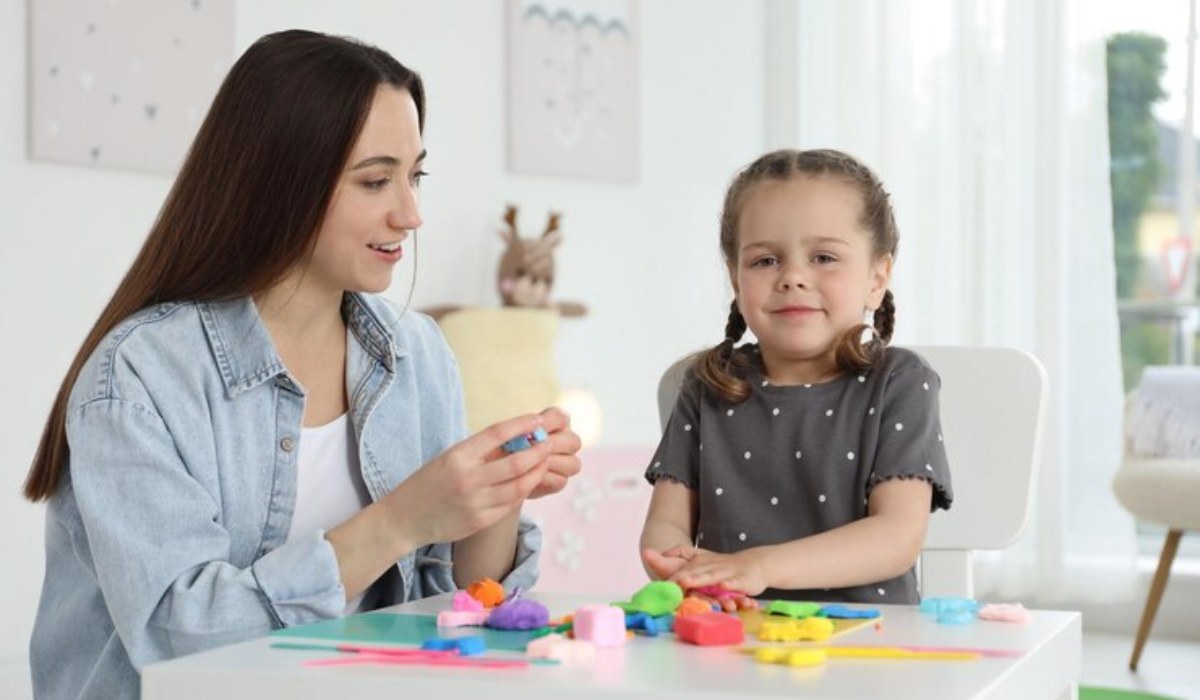Comparing Social Anxiety vs Autism: A Guide for Families

Key Points:
- Social anxiety and autism can look similar on the surface, but they have distinct root causes and behavioral patterns.
- Social anxiety involves fear of judgment, while autism relates to differences in social understanding and communication.
- Proper diagnosis is key to accessing the right support, such as ABA therapy for children with autism.
It’s a familiar story for many parents. A child avoids eye contact, shrinks away from birthday parties, and prefers quiet, solitary activities. At first glance, it’s easy to wonder: Is this social anxiety or autism?
Both conditions can make social situations challenging, but they’re not the same. Recognizing the differences is more than just a matter of labeling—it’s about ensuring a child gets the right kind of support and understanding. Whether a child is experiencing social anxiety or autism, knowing what each entails can help guide the next steps with more confidence and compassion.
Is It Social Anxiety Or Autism?
Social anxiety and autism can overlap in how they appear, but they stem from different core issues and require different kinds of support.
It’s common to mistake one for the other. Both children with social anxiety and those on the autism spectrum may struggle to engage in conversation, show signs of discomfort in groups, or avoid new environments. However, the why behind these behaviors is crucial.

Understanding Social Anxiety
Social anxiety is driven by fear—specifically, the fear of being judged, embarrassed, or rejected by others. It's not that a child doesn’t understand social cues; in fact, they often understand them too well and worry about missteps.
Children with social anxiety may:
- Avoid speaking in class even if they know the answer.
- Get extremely nervous about meeting new people.
- Rehearse conversations in their head beforehand.
- Be overly concerned about how they’re perceived.
The anxiety is usually situational and may lessen in familiar environments or with close family members.
Understanding Autism Spectrum Disorder (ASD)
Autism is a neurodevelopmental condition that affects how individuals perceive and interact with the world. Social difficulties aren’t rooted in fear of judgment but rather in a different way of processing social information.
Children on the autism spectrum might:
- Struggle to pick up on tone of voice, facial expressions, or social norms.
- Speak in a monotone voice or have an unusual rhythm to speech.
- Prefer routine and find change distressing.
- Have deep interests in specific topics and may talk about them at length.
Unlike social anxiety, these traits are typically present from early childhood, not triggered by social fear, and they don’t tend to fluctuate depending on the situation.
Shared Behaviors, Different Reasons
One of the trickiest parts of distinguishing between social anxiety and autism is that they can look so similar on the surface. But when looking more closely, the motivations and inner experiences are quite different.
Here are some behaviors that can appear in both—but have distinct meanings depending on the condition:
Avoiding Eye Contact
- Social Anxiety: Avoids eye contact due to fear of seeming awkward or being judged.
- Autism: May not instinctively make eye contact; it may not feel natural or meaningful.
Trouble With Conversation
- Social Anxiety: Knows what to say but is afraid of saying it wrong.
- Autism: May genuinely not understand the flow of conversation or when it’s appropriate to speak.
Preference for Solitude
- Social Anxiety: Desires social connection but fears interaction.
- Autism: May feel more comfortable alone due to sensory sensitivities or difficulty interpreting social cues.
Understanding these subtle differences can be a turning point in helping a child get the support they truly need.
Developmental Clues To Watch For
When trying to determine whether a child may be showing signs of social anxiety or autism, it's helpful to look at their development history and patterns of behavior over time:
Social Anxiety Usually Appears Later
Social anxiety typically emerges in later childhood or adolescence, often as a response to growing social awareness or past negative experiences. A child may have developed normally in social areas and then begin to withdraw.
Autism Signs Show Up Early
In contrast, autism often shows signs as early as 18 months to 3 years old. Parents might notice differences in play behavior, communication delays, or limited eye contact from an early age.
How Diagnosis Works
Because both conditions can share behaviors, a professional evaluation is essential. This may include:
- Developmental screenings to check for early markers.
- Behavioral observations in different settings (school, home, etc.).
- Standardized tests that assess communication, social skills, and anxiety symptoms.
- Input from caregivers and teachers to get a full picture.
It’s not uncommon for children to have both autism and social anxiety. In fact, many children with autism develop social anxiety as they become more aware of their differences.
Why Distinguishing Matters
The reason behind the behavior affects how it's treated. Mislabeling a child can delay progress or even create more distress. For instance:
- A child with autism may not benefit from typical anxiety-focused therapies that assume the person understands social dynamics but fears them.
- A child with social anxiety may not need interventions focused on teaching social rules, but rather support to manage fear and build confidence.
Knowing whether a child is dealing with social anxiety or autism helps families and professionals choose the most effective strategies.
Support Strategies That Help
Whether a child is facing social anxiety, autism, or both, compassionate and structured support is key. Here are a few effective approaches depending on the diagnosis:
For social anxiety:
- Cognitive Behavioral Therapy (CBT): Helps children reframe anxious thoughts.
- Gradual Exposure: Encourages small steps into social settings.
- Skill-Building: Teaches coping techniques like deep breathing or self-talk.
For autism:
- ABA Therapy: Uses structured therapy techniques to encourage positive behavior and social skills.
- Visual Supports and Routines: Helps with transitions and understanding expectations.
- Social Stories: Prepares children for new social situations through storytelling.
How Parents Can Support Their Child
Parents are often the first to notice when something feels different. If there’s uncertainty about whether a child is struggling with social anxiety or autism, here’s how caregivers can help:
- Keep Notes: Write down patterns, triggers, and behaviors to share with professionals.
- Stay Curious: Try to understand what’s happening beneath the surface behavior.
- Seek Professional Help Early: Don’t wait for problems to escalate—early support can make a huge difference.
- Avoid Pressure: Forcing social interaction often backfires. Encourage gently, and always validate feelings.
Ready To Take The Next Step? Consider ABA Therapy In North Carolina
If you're exploring support options for a child with autism, Applied Behavior Analysis (ABA) therapy is one of the most evidence-based and effective approaches available. At Achieve Better, we specialize exclusively in ABA therapy in North Carolina, helping children develop social, communication, and daily living skills through personalized, one-on-one support.
Understanding whether your child is navigating social anxiety or autism is a powerful first step. From there, the right support—especially for autism—can help your child thrive in ways that truly matter.
If you're ready to explore how ABA therapy can make a difference for your child, get in touch with us today. We're here to walk with you on this journey with expertise, compassion, and care tailored just for your family.
Similar articles
Contact us today to learn more.

.jpg)
.jpg)

.jpg)
.jpg)
.jpg)





